A reluctant Facebook user, I received an email from a friend prompting me to view a new group of photos she had posted on Facebook. Below was one of them, an image taken of street art.
My experience viewing it can best be described by the timeless maxim, "A picture is worth a thousand words." In researching this adage, I found that it is frequently attributed to Fred R. Barnard, an advertising expert who first coined it in a 1921 article in the trade magazine, Printer’s Ink. Barnard’s insight suggests that a single image can convey more information than a lengthy description ever could, a point that has only gained relevance over time.
The piece of street art I encountered on my friend’s Facebook is a creation by a mysterious figure, known by the pseudonym Banksy. This English-based street artist and political activist has managed to keep his identity a mystery. His works often demand that the viewer take time to pause, think, and interpret.
The photo above links well with a fellow street artist, Shepard Fairey’s assertion, “Art is an important form of communication.”
Banksy’s work epitomizes this concept, by using visual language to deliver a compelling message. For me his imagery on the wall conveys themes of focus, perseverance, and gradual progress, an invitation for viewers to reflect on hope’s journey of striving and achieving new vistas step by step.
Why Banksy’s graffiti, caught my eye and engaged my reflection, was stimulated, perhaps in part, by “Pope Francis’ designation of the 2025 Holy Year of Jubilee as a time for renewal as "Pilgrims of Hope." which has been on my mind in recent reflections.
I invite you to allow Banksy’s art to evoke in you, your own words and thoughts on hope, proof that, indeed, a picture often says more than words can convey.
-Sister Nancy Wales, CSJ







